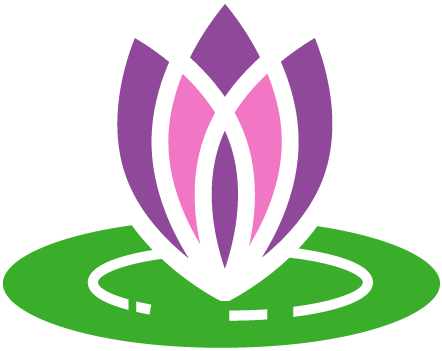
I’m S.A.D. (Seasonal Affective Disorder)
It’s that time of year again. You know, when we fall back. While we all appreciate the extra hour of sleep, we are all subject to increased darkness. The fall and winter months are filled with holidays and celebrations; however, they can also bring about a low mood for some. Some individuals notice mood changes during the fall and winter months. This mood change is commonly known as Seasonal Affective Disorder.
While it is commonly known as Seasonal Affective Disorder, the technical term for this diagnosis according to the DSM 5 is Major Depressive Disorder Recurrent with Seasonal Pattern as a specifier. For the sake of this blog, we will continue to refer to it as Seasonal Affective Disorder or SAD.
With SAD, in most cases, the episodes begin in the fall or winter and remit in spring. It is far less common to have recurrent summer depressive episodes. SAD would not be an appropriate diagnosis and does not apply to those situations in which this mood pattern is better explained by seasonally linked psychosocial stressors such as seasonal employment or even a school schedule.
Some of the depressive symptoms that occur during the seasonal pattern can often include loss of energy, hypersomnia (excessive daytime sleepiness), overeating, weight gain, and craving for carbohydrates. The prevalence of winter type seasonal pattern appears to vary with latitude, age, and gender. Prevalence increases with higher latitudes including Alaska, New England, and Canada. Individuals living in Alaska may be more likely to develop SAD than individuals living in Florida. Age is also a strong predictor of seasonal pattern, with younger persons at higher risk for winter depressive episodes. SAD occurs more often in women than men. As with most things there is a spectrum with regards to severity. Episodes of SAD can range from mild to moderate to severe.
While it is not fully understood what causes SAD, there are a couple of hypotheses. According to the National Institute of Mental Health, research indicates that people with SAD may have reduced activity of the brain chemical neurotransmitter serotonin, which helps regulate mood. This research also suggests that sunlight controls the levels of molecules that help maintain normal serotonin levels, but in people with SAD, this regulation does not function properly, resulting in decreased serotonin levels in the winter.
Another hypothesis is vitamin D deficiency. It is believed that vitamin D promotes serotonin activity. Vitamin D is consumed with diet; however, the body produces vitamin D when exposed to sunlight on the skin. As a result of the decreased daylight in the winter, people with SAD may have lower vitamin D levels, which may further hinder serotonin activity.
Treatment for SAD includes light therapy, psychotherapy or talk therapy, vitamin D supplement, and antidepressant medications or a combination of these treatments.
Light therapy has been a common treatment for SAD since the 1980s. The goal is to expose individuals to a very bright light every day to make up for the decreased natural sunshine in darker months. Exposure is typically 30-45 minutes daily first thing in the morning. This treatment should start early fall and continue through winter months. If an individual has sensitivity to light, they should consult with their doctor before trying this treatment.
Psychotherapy or talk therapy is beneficial for SAD as it helps individuals identify and learn coping skills they can use for their low mood. Cognitive Behavioral Therapy is a specific type of treatment that has been proven to be effective for mood disorders including SAD.
Because vitamin D deficiency is prominent in many people with SAD, nutritional supplements of vitamin D may be a benefit. Each person should consult with their doctor before taking the supplement. I encourage all my clients to inquire about their vitamin D levels when they get their annual physicals with their primary care physicians.
Some individuals may find themselves needing an added intervention to cope with their symptoms of SAD. This additional intervention may include medication such as antidepressants. Antidepressant medication such as selective serotonin reuptake inhibitors (SSRIs) are used to treat SAD as well as other types of depression. Medication is prescribed by a medical doctor and can be most beneficial when combined with psychotherapy.
It is ideal to be proactive with SAD. This means start using interventions such as light therapy the beginning of fall, well before daylight savings and before sunlight significantly decreases. It is a good idea to monitor your mood as soon as fall begins with a mood tracking app or journal so that one can objectively see a trend with their mood. It is also important to maintain or increase already established self-care activities during this time. It is important to take care of your general health and wellness so your mood can be positively impacted. This includes getting regular exercise, eating healthy and regularly, getting adequate sleep, and maintaining connections and social interactions with family and friends.
The symptoms of SAD can be overwhelming and cause significant disruption to your daily habits. Some experience mild symptoms while others have severe disturbances. Fortunately, there is treatment available for SAD regardless the severity. If your symptoms are troubling, please reach out to a mental health professional or your primary care physician.
The content on this website is not intended to diagnose or treat, it is for informational purposes only. Please call our office at 404-618-1040 for an appointment or contact a mental health professional in your local area if you are seeking treatment.
